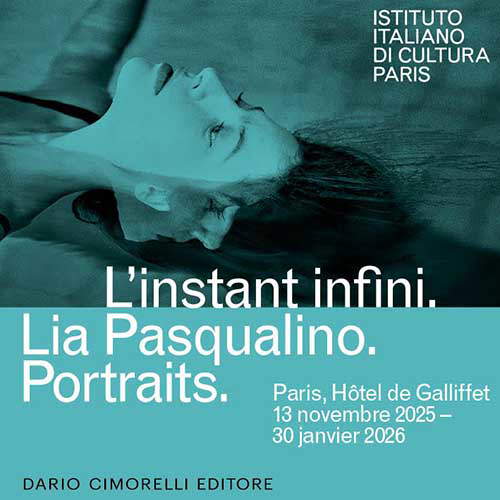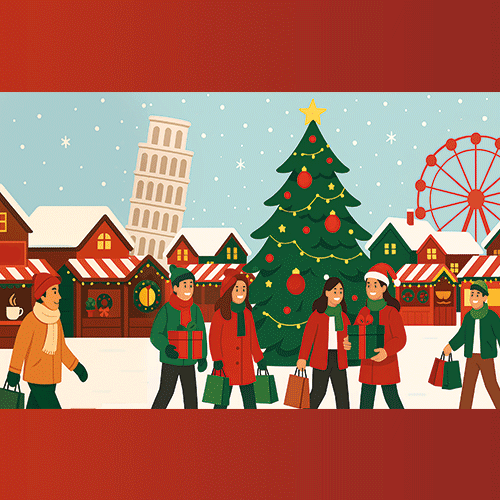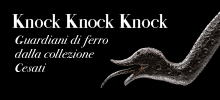
Leuven itinerary: journey to the heart of Flemish Brabant
Just 30 km from Brussels, Leuven surprises with its multifaceted soul: one of Europe's oldest universities, Flemish masterpieces, Gothic churches, UNESCO beginnings, museums and the famous "longest bar on the continent." A perfect blend of past and future.
By Redazione | 10/09/2025 18:12
In the heart of Flemish Brabant, a city where centuries-old heritage and a lively student atmosphere come together in an experience with few equals: Leuven (Leuven, or Louvain), just 30 kilometers from Brussels, a city of artistic wonders, home to one of the oldest universities in Europe, a place that surprises with its quiet corners, works of art, breweries, and the so-called "longest bar on the continent." A city in constant flux that lends itself to slow exploration and constant discovery.
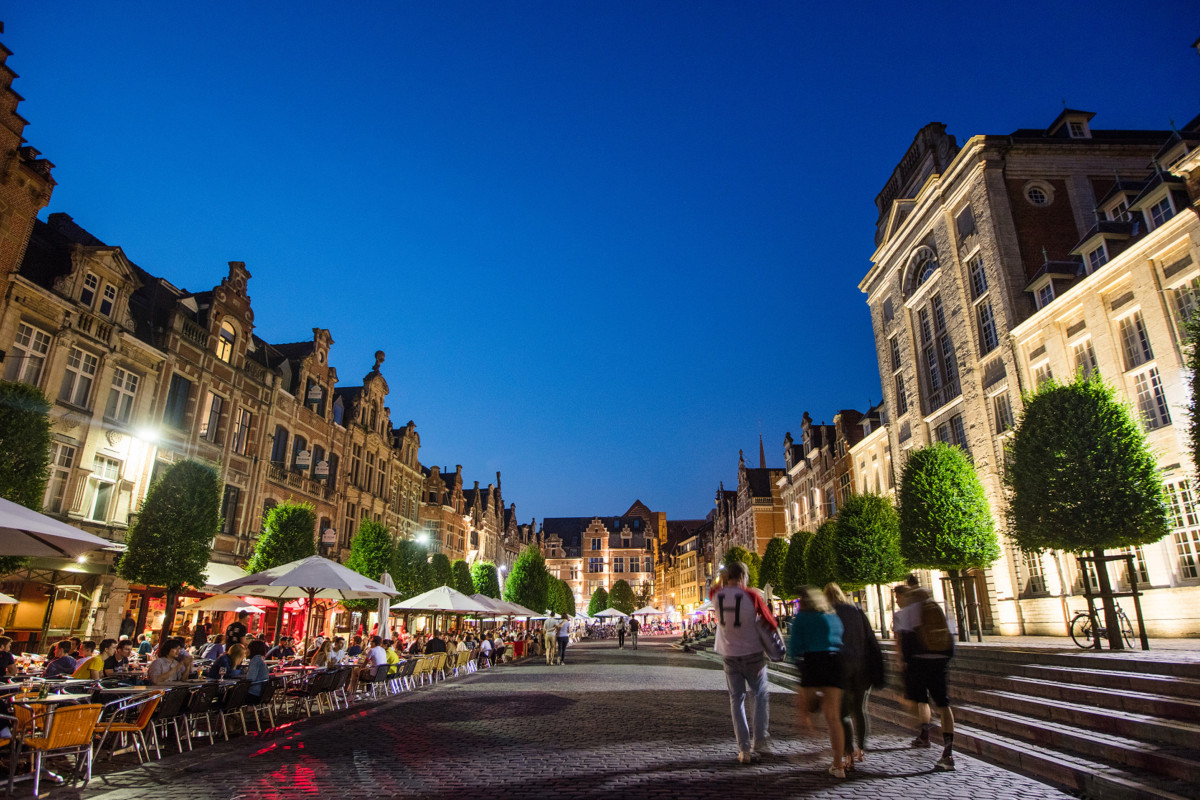
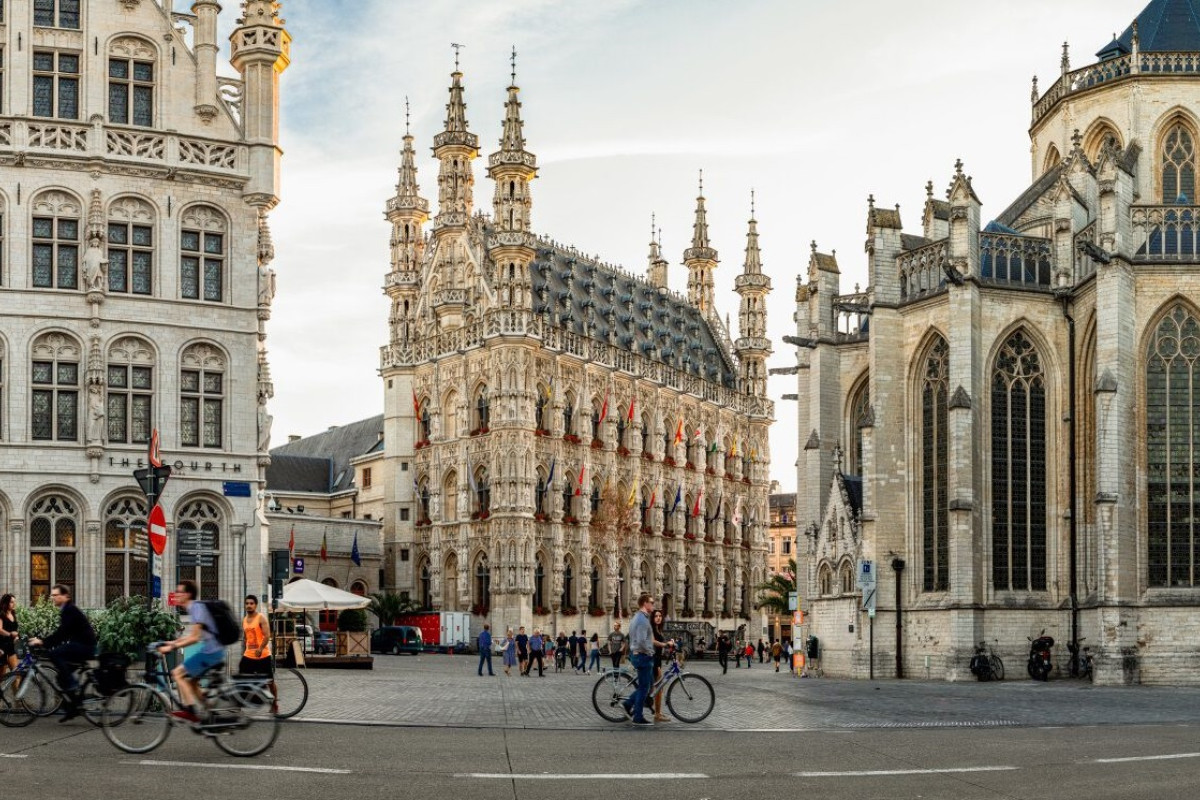
Itinerary in the historic center
Theitinerary in the city can begin at the Grote Markt, a square that has retained its current configuration since the 14th century and is distinguished by its imposing buildings in the Brabant Gothic style. The Town Hall, whose foundation stone was laid in 1439, is an architectural masterpiece, easily recognizable by its abundance of details, including as many as 236 different statues adorning its spectacular facade. Turning your gaze away, stands St. Peter's Church (dedicated in-depth study here), a late Gothic monument with a 15th-century bell tower, recognized as a UNESCO World Heritage Site in 1999 (in the "Belfries of Belgium and France" site) and fully restored in 2020. This church is not only surprising from the outside: inside it holds a centuries-old artistic treasure. Prominent among the works is theLast Supper by Dieric Bouts (Haarlem, c. 1415 - Leuven, 1475) Flemish primitive and city genius loci . This monumental triptych, painted between 1464 and 1468, is still in the chapel for which it was conceived. The realism of Bouts' works (see, for example, also the Martyrdom of St. Erasmus) is such that in theLast Supper, the windows in the background show a view of the Grote Markt in Leuven, like that visible from the windows of the church itself. St. Peter's Church also offers a hypermodern experience thanks to a device called "hololens," which projects 3D images and spectacular animations onto its surroundings, blending centuries-old tradition with technological innovation.
After the wonders of the historic center, it is possible to find peace in two city oases. TheBotanical Garden, the oldest in Belgium, was founded by the University of Leuven in 1738 for its medical students and is still cultivated regularly. This place enchants botany enthusiasts with a collection of flowers and plants, and the 450-square-meter greenhouse complex houses a variety of local as well as subtropical species, ensuring an explosion of scents and colors. Next, one encounters the Great Beghinage, a UNESCO site where beghines, women who, while not entering a convent, dedicated their lives to God, lived centuries ago. Throughout Flanders and in some French regions, these closed communities were characterized by narrow streets, small squares, gardens, parks and small dwellings. The Great Beghinage of Leuven, with its 300 dwellings spread over about 3 hectares, is considered one of the largest and most picturesque in Belgium. You can then admire historic buildings, bridges over the Dijle River and a Gothic church with impressive stained glass windows, creating an ideal atmosphere for relaxing walks. Inside is the Church of St. John the Baptist, an example of early Gothic, which revealed splendid frescoes during restoration work in the 1970s. Another little gem is the Little Beghinage, located in the shadow of St. Gertrude's Church, offering a striking view of the church's stone spire, considered one of the "seven wonders of the city."
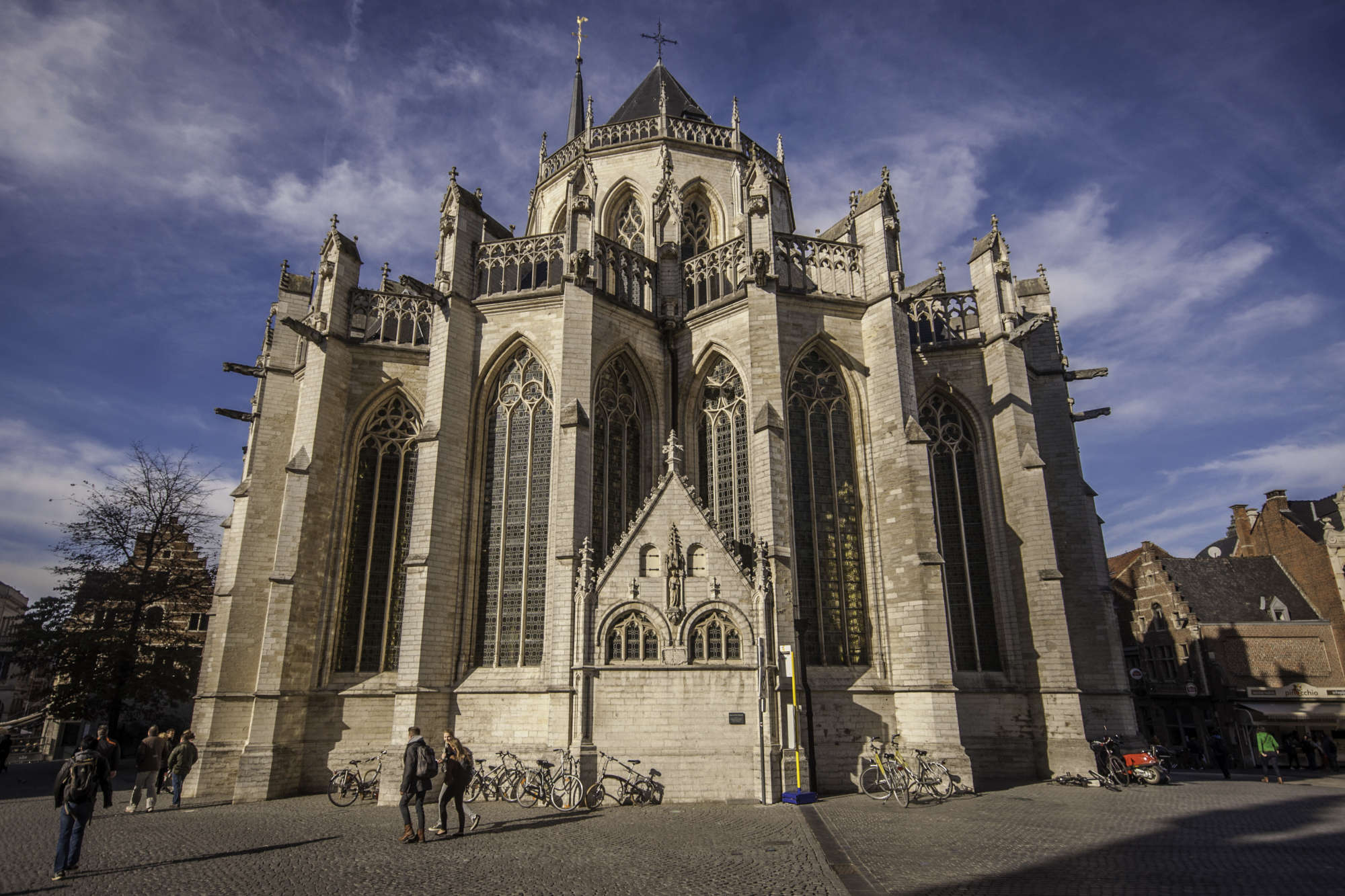

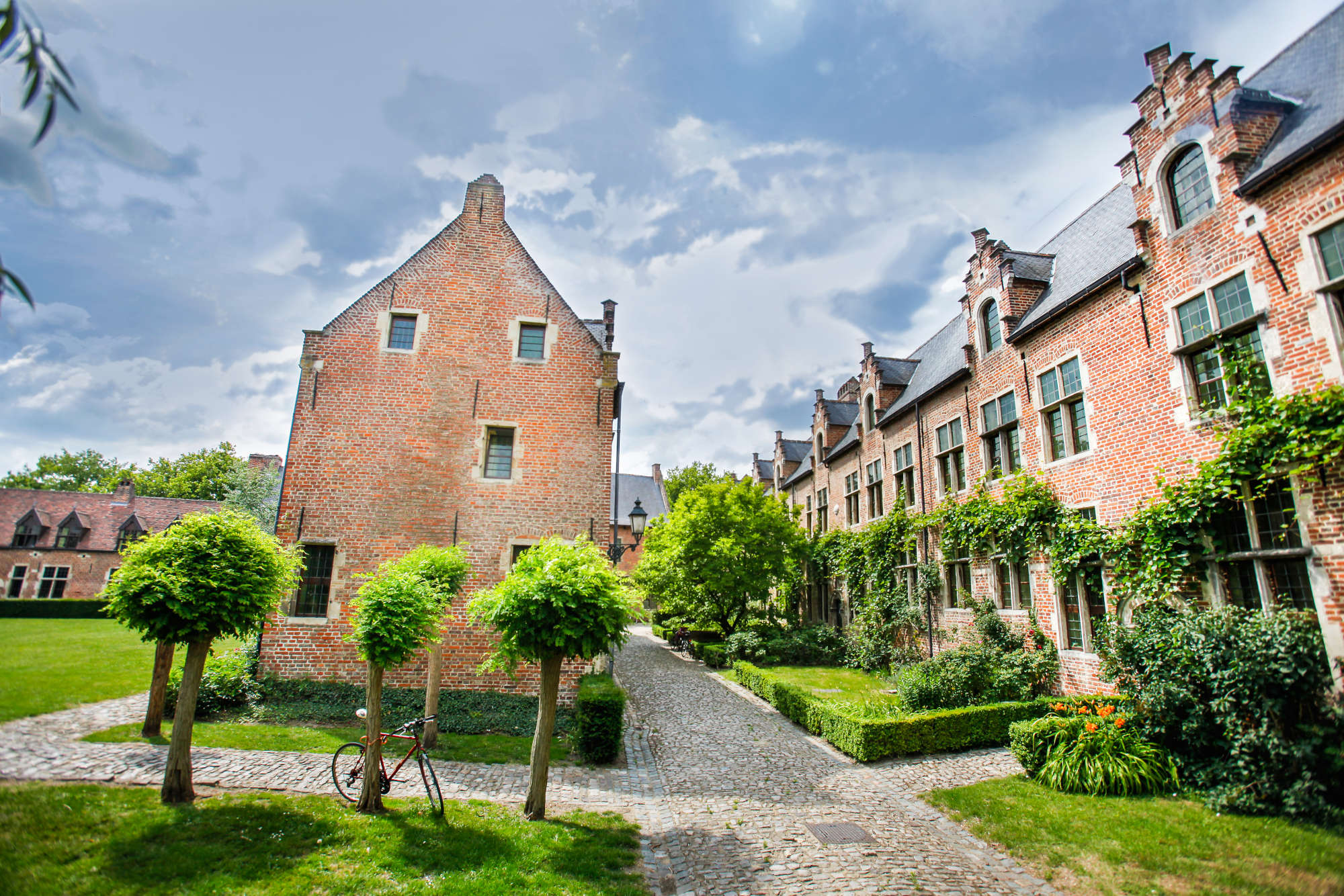
Art treasures and the bicycle route dedicated to Bouts
Leuven boasts several art treasures. Museum M, formerly a modest municipal museum, now displays a remarkable art collection that is rich, diverse and deeply connected to the area. The focus is on Leuven and theformer duchy of Brabant, with works by Flemish masters such as Dieric Bouts, Constantin Meunier, and Rogier Van der Weyden. The museum offers a valuable introduction to Flemish primitives and their successors.
The museum's most representative artist is undoubtedly Bouts: the institution in 2019 also acquired Christ Crowned with Thorns, a painting from Bouts' workshop from around 1470, which testifies to the master's direct involvement. Such is Dieric Bouts' influence that the city even offers a bicycle route dedicated to him. This 42-kilometer route starts at the Grote Markt, passing through the Great Beguinage, the Arenberg Castle Park, a building owned by the University of Leuven, and reachingPark Abbey. The route includes a stop at the Hof ten Dormaal brewery, which produces a "Bouts" beer based on 15th-century recipes. The tour also highlights Bouts' mastery of the vanishing point perspective, an innovation he was the first to apply in his day. The tour concludes with a monumental mural on the Dirk Boutslaan and an in-depth visit to Museum M.
Also worth mentioning are a number of churches that stand out for their artistic heritage: you can start with St. Gertrude's Church, with its lavish late-Gothic choir stalls by master Mathieu de Waeyer. Then there is the church of St. Quentin, which houses theLast Supper by Jan Willems, the only preserved painting by this Flemish master, and opposite it is the small chapel of "Jezus in 't Steentje," a place of intimate recollection.
Religious art is a significant aspect in Leuven, with churches, beguinages and abbeys holding artistic gems, which can be discovered along the "Masters of Imagination" itinerary. In addition, the city is actively engaged in a dialogue between art and science, culminating in the And So, Change Comes in Waves itinerary, launched on May 17, 2025 to mark the 600th anniversary celebration of the University of Leuven. This itinerary features sixteen site-specific art installations by leading international artists interpreting contemporary themes such as resilience, the climate crisis, the right to education, the importance of knowledge, ethical dilemmas in scientific research, and inclusion in health care. Artists such as Berlinde De Bruyckere, Ugo Rondinone, Alicja Kwade, the duo Gijs Van Vaerenbergh, Sammy Baloji, Jan Lauwereyns, and Clara Spilliaert contribute to this dialogue, with works designed to become permanent heritage of the city.
Leuven is not only history, but also a modern city projected into the future. This aspect is evident in the Vaartkom, an area that has been transformed from a former industrial site and dilapidated brewery on the canal into one of the most fashionable places in Leuven. Here, history and the future intersect; the former customs house is now OPEK, a base of operations for arts organizations with a cultural café, while the Balk van Beel housing complex is an example of sustainable housing. Finally, mark a stop at the Chapel of the Annunciation in Heverlee, designed by the "De Pelgrim" group of artists in 1930, an example of modernist art, with architecture by Flor Van Reeth, stained glass by Eugeen Yoors and interiors by Rie Haan that create an understated, light-filled environment.
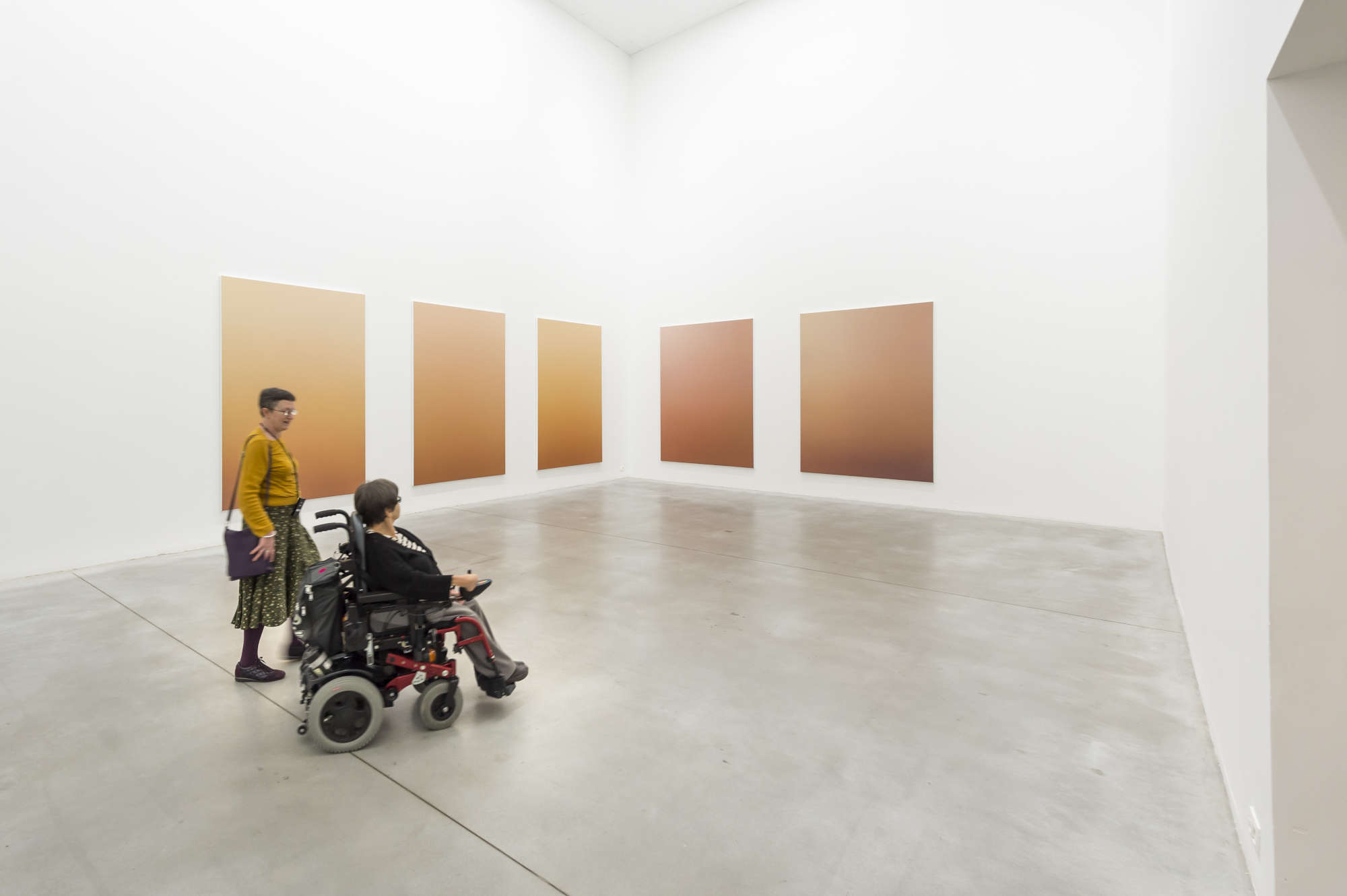
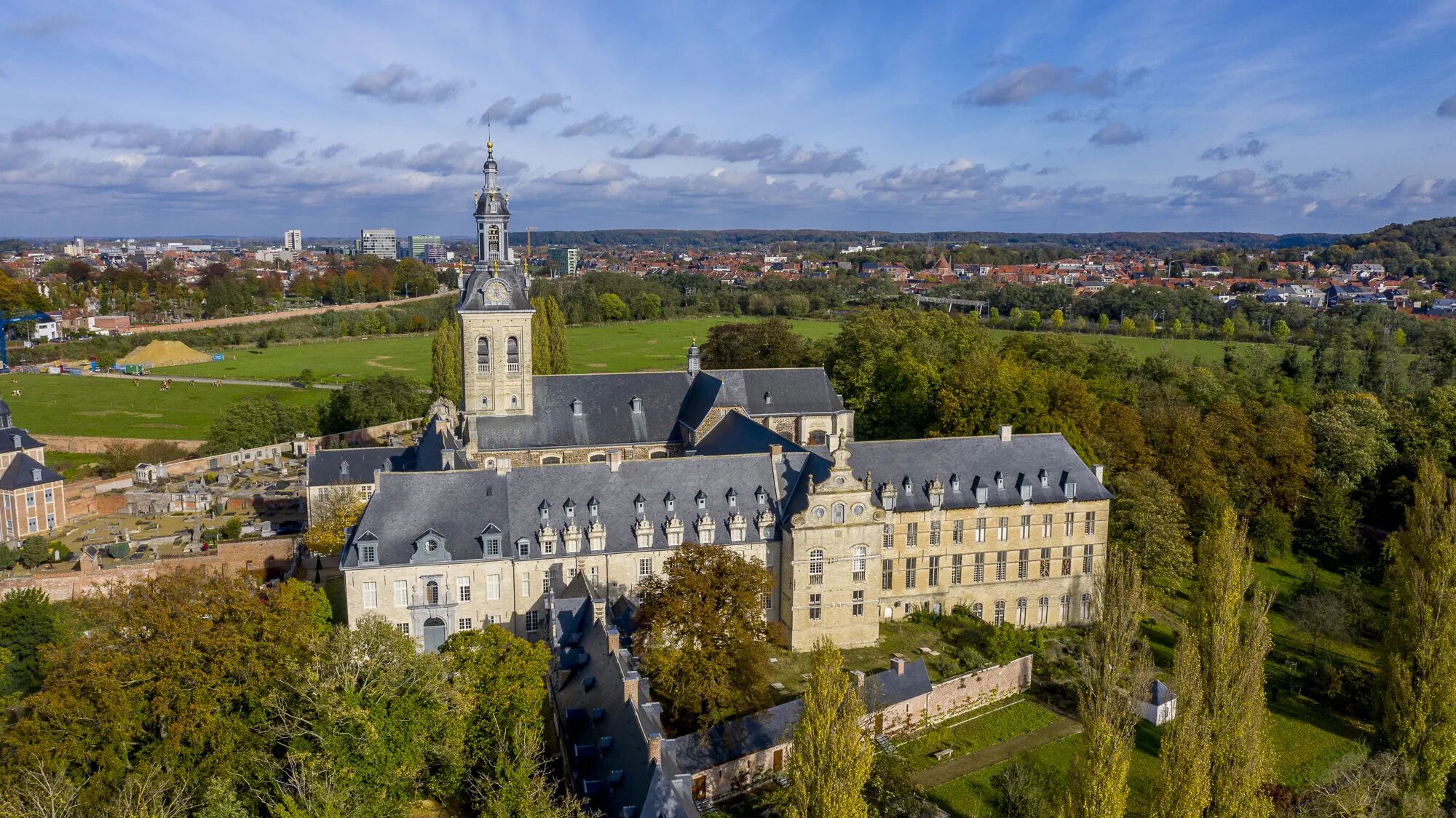
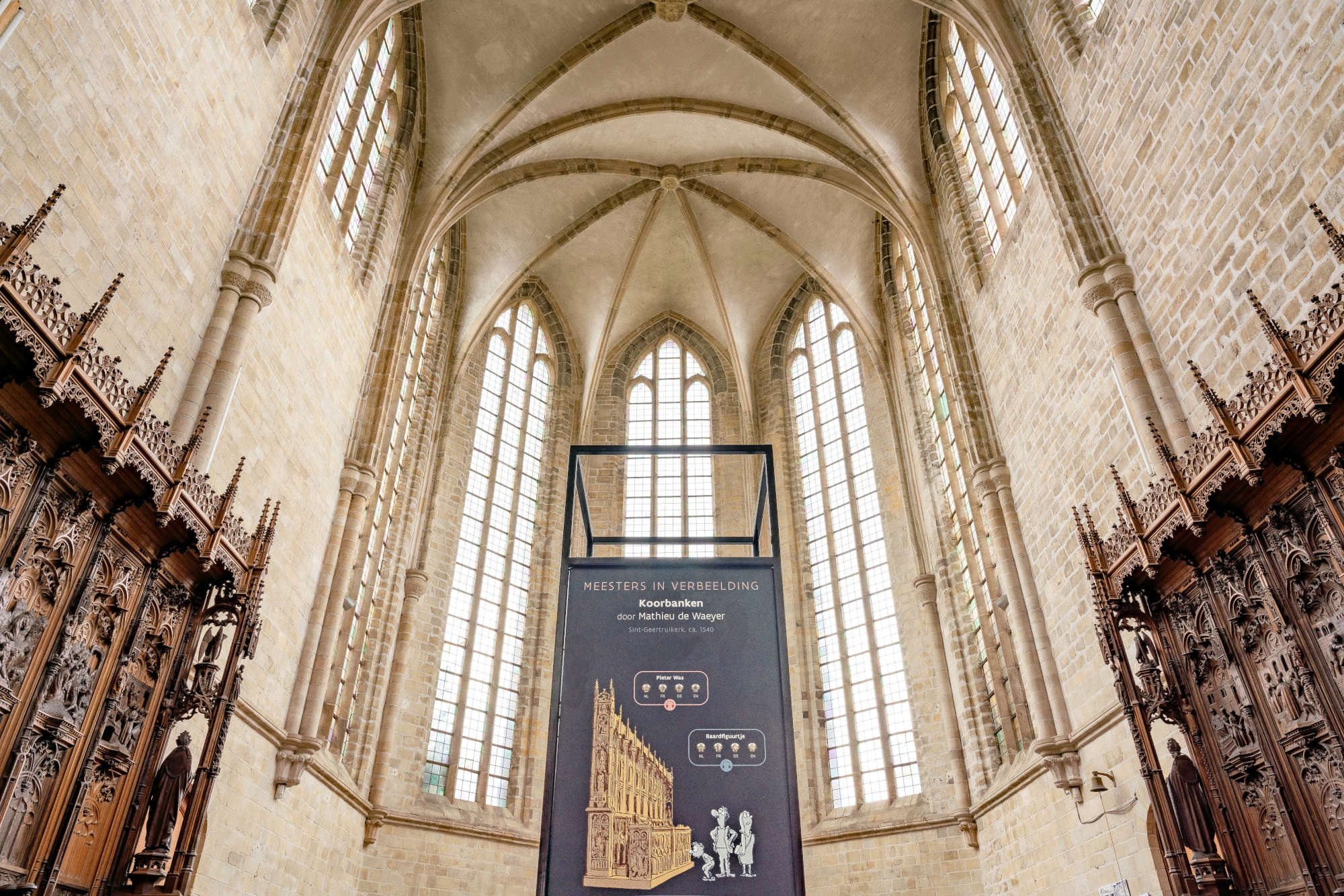
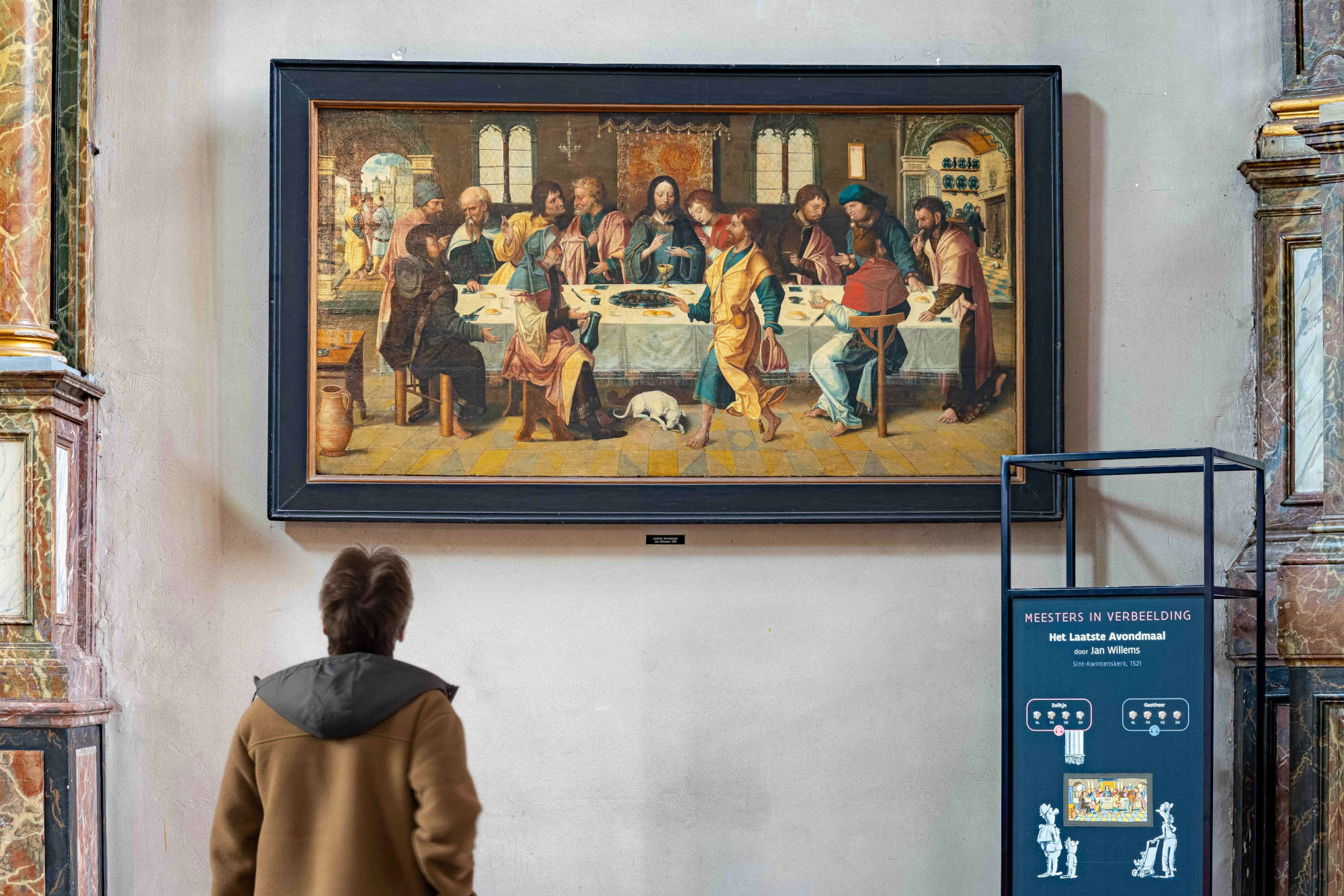
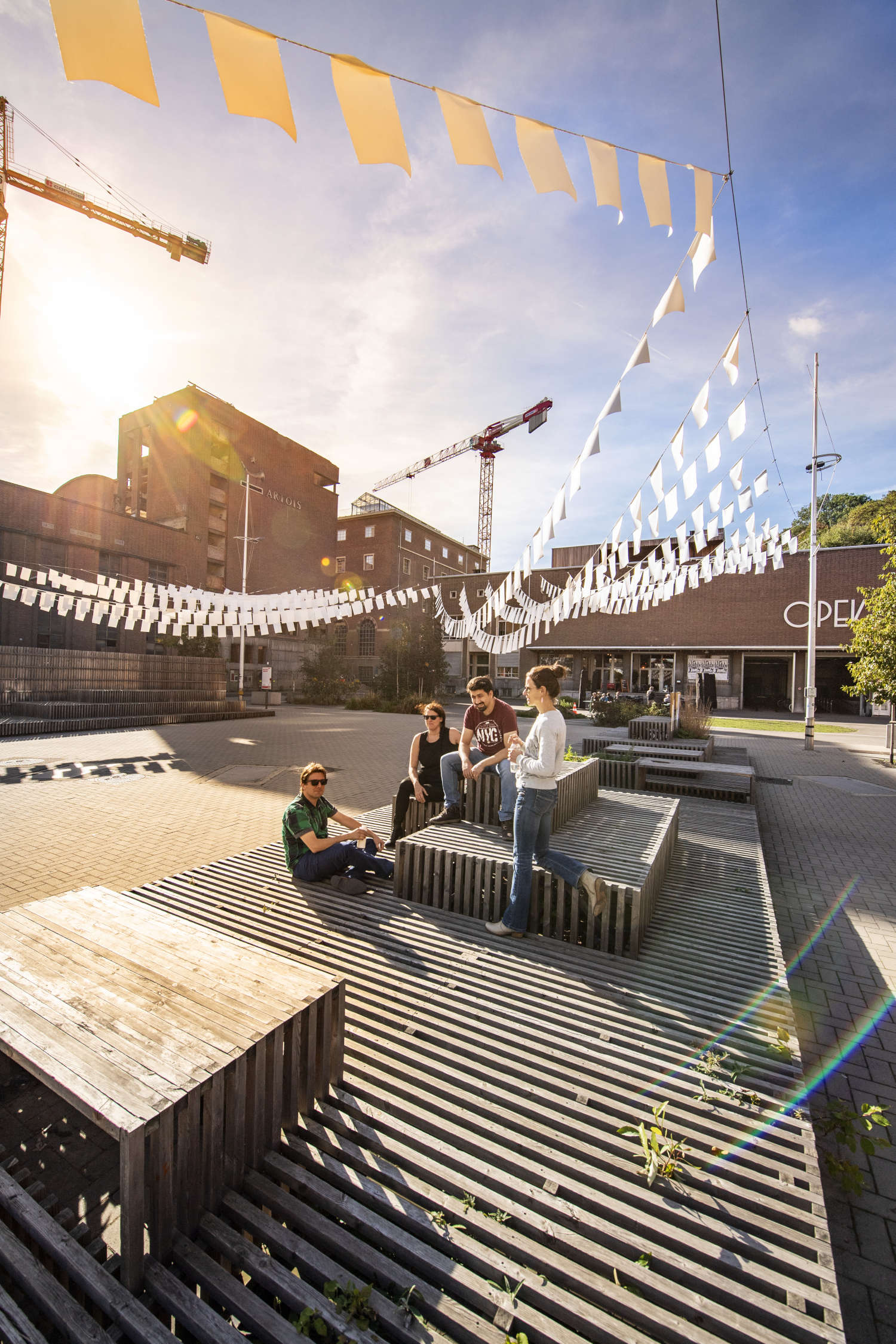
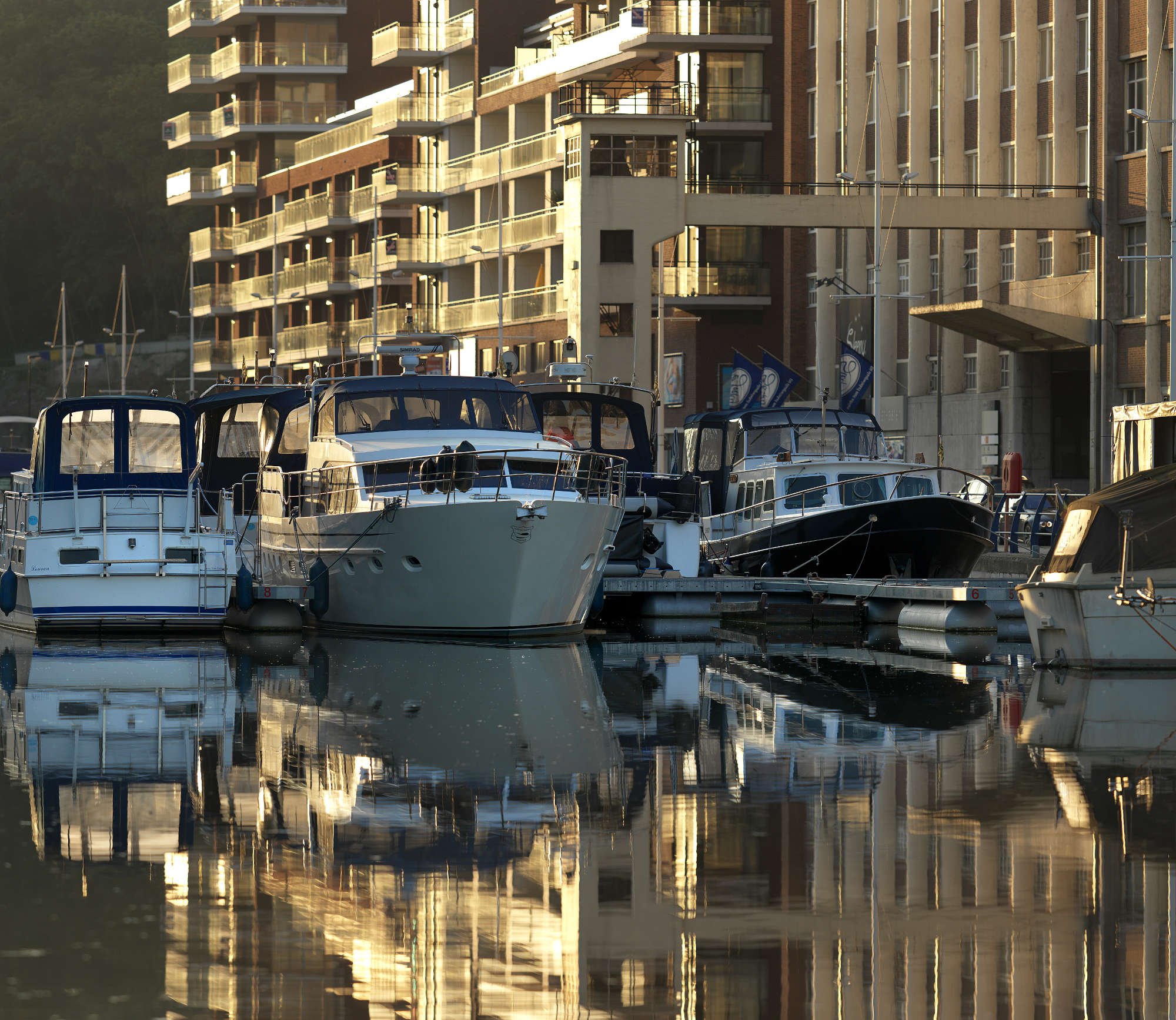
The Catholic University of Leuven
TheCatholic University of Le uven (KU Leuven) is intrinsically linked to the city. Founded in 1425, it is counted among the oldest universities in Europe. Its impact on the city has grown steadily over the centuries, and today it welcomes more than 50,000 students with its rich, ubiquitous history. The year 2025 marked its 600th anniversary, a celebratory year filled with cultural, heritage and science-related events.
The University Library, located on the vast Ladeuze Square, is a magnificent building in the Flemish Neo-Renaissance style, whose tower soars high into the sky. In addition to housing an immense collection of books, it also serves as a war memorial: during both world wars, in fact, the building was almost completely destroyed, with the incalculable loss of countless books and codices, including the original certificate of foundation of the university. However, it was almost entirely restored according to the original plans, and today offers tours of its five floors that tell these poignant stories. Still, the University Pavilion, located in the Grote Markt, has a centuries-old history: it was initially a cloth market for the city's weavers, but shortly after the university's founding it became its headquarters, and today it is still the institution's political center.
Leuven is dotted with university heritage, with several campuses and colleges scattered around the city. Examples include Premonstreit College, used by theology students in the late 16th century, Atrecht College, founded in 1508 for less affluent students, and Hogenheuvel College, dating from the 15th century. All of these historic buildings still maintain a university function. Koningscollege (King's College), founded in 1579 by Philip II of Spain, now houses the Museum of Zoology, with a remarkable collection of skeletons and stuffed animals, providing a systematic and vivid overview of the animal kingdom. The tour of university buildings can end at the Pauscollege (Pope's College) in Hogeschoolplein, founded in 1523 by Pope Adrian VI, who was previously a professor at the University of Leuven.
Detailed itineraries exist for those who wish to explore the academic heritage further: guided tours and a walking tour app were made available to the public during the 600th anniversary celebration year to explore the gems of the university's heritage.
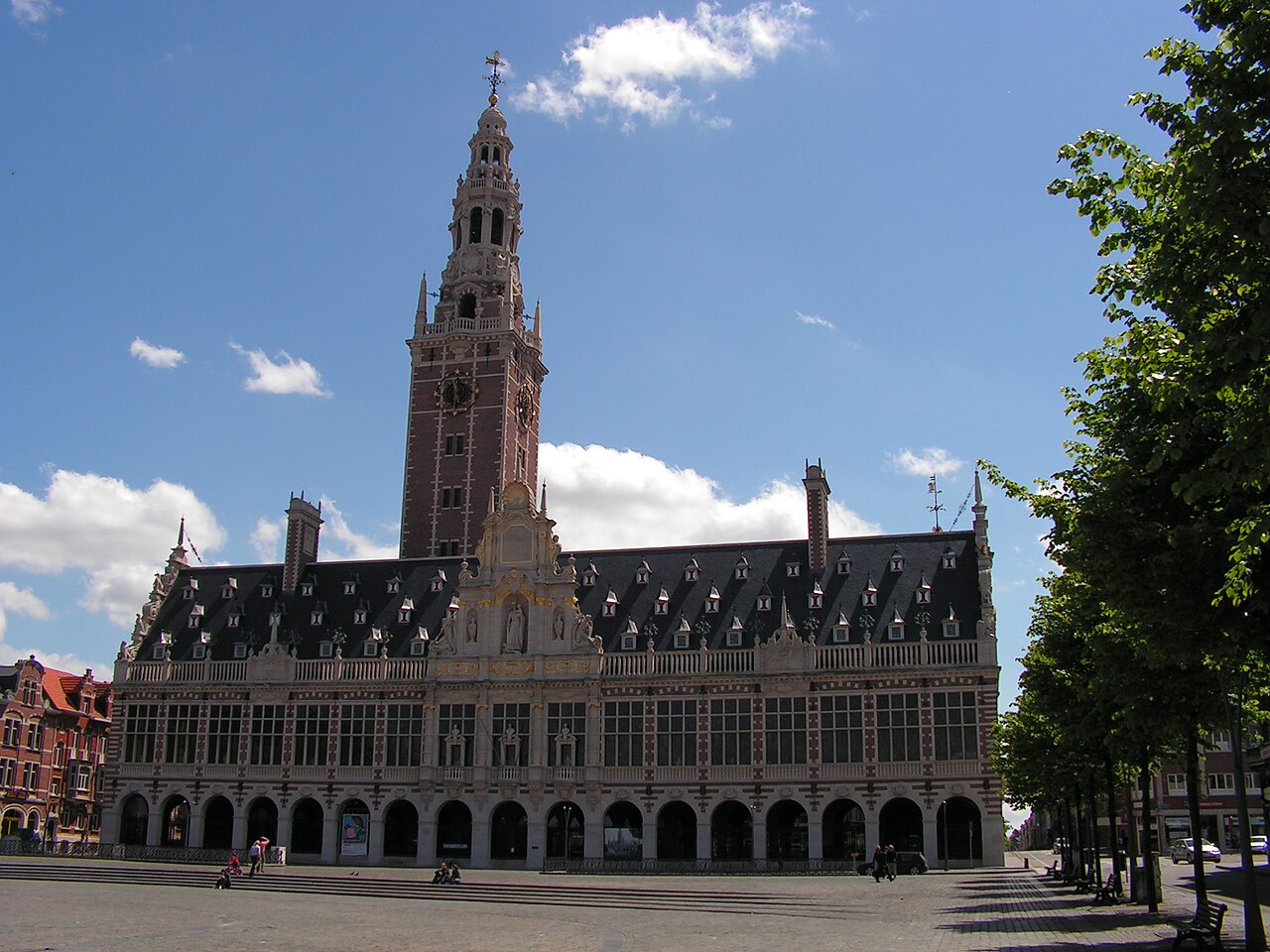
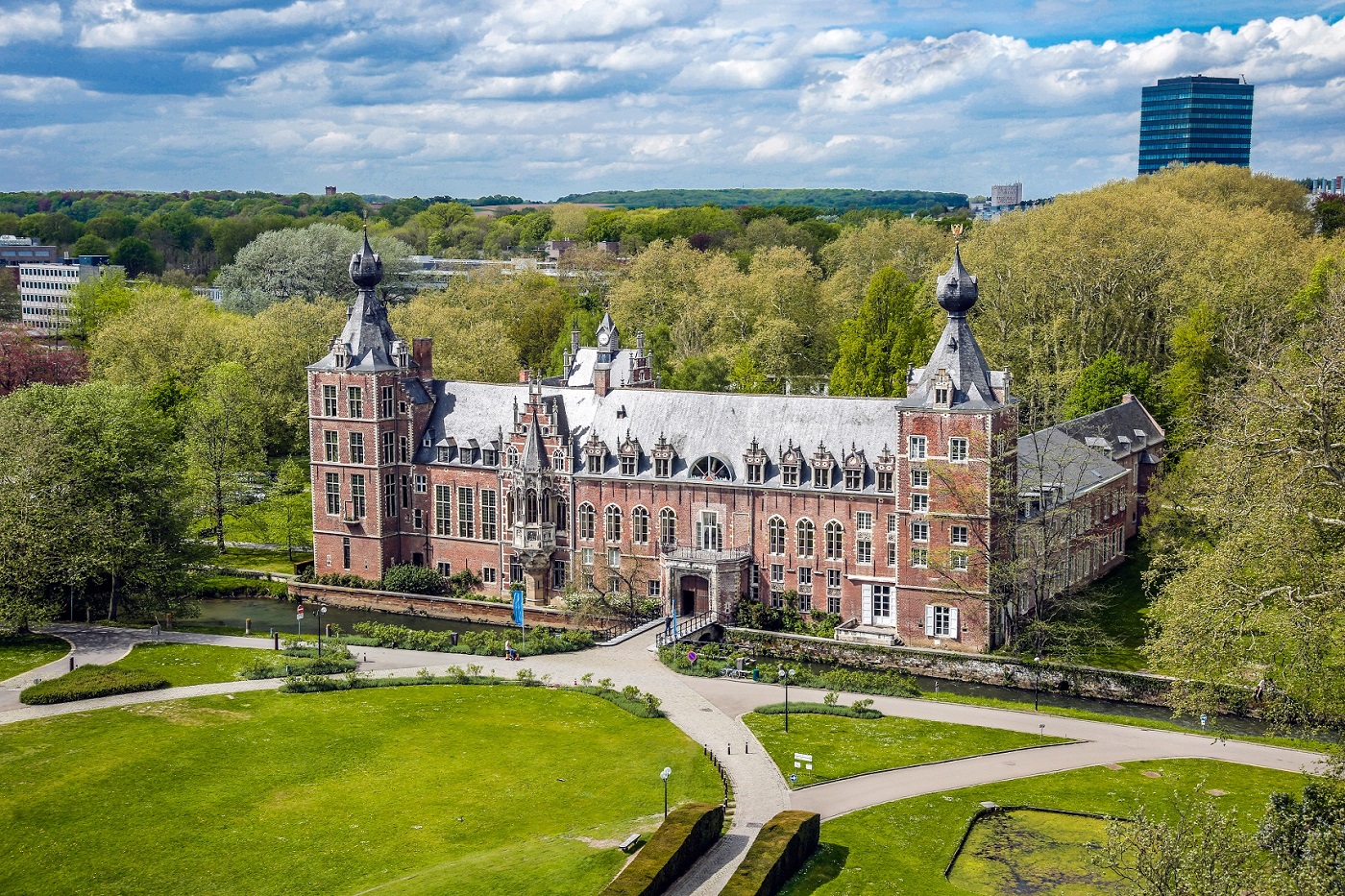
The capital of beer
Leuven is recognized as the capital of beer, having been home to as many as 30 breweries at the beginning of the last century. A significant side of Belgium's heritage is beer, and Leuven offers much in this area. The city, for example, is the birthplace of the famous Stella Artois: this famous pils was first brewed in the early 18th century in the De Hoorn complex in the now fashionable Vaartkom area. At this former industrial site and dilapidated brewery, the original copper boilers are still preserved. A ten-minute walk from De Hoorn is the current home of Stella Artois, which opens its doors to visitors every Saturday for interactive tours with tastings. A social and informal experience can be found on the Oude Markt: this is where the "longest bar in Europe" is located, actually an uninterrupted series of café-bars where you can get a close look at student life and where you can try local specialties. Another stop for drink lovers is the Braxatorium Parcensis, the brewery opened in the guest quarters of Park Abbey, on the same site where a brewery once stood.
A walk through the cloisters of Park Abbey, a site dating back to the 12th century, allows visitors to immerse themselves in the philosophy and history of the monks. Inside, you can admire unique stucco ceilings and a hallway with 20 masterfully crafted stained glass panels, both dating back to the 17th century. The abbey site also houses the PARCUM museum, where religion, art and culture meet.



